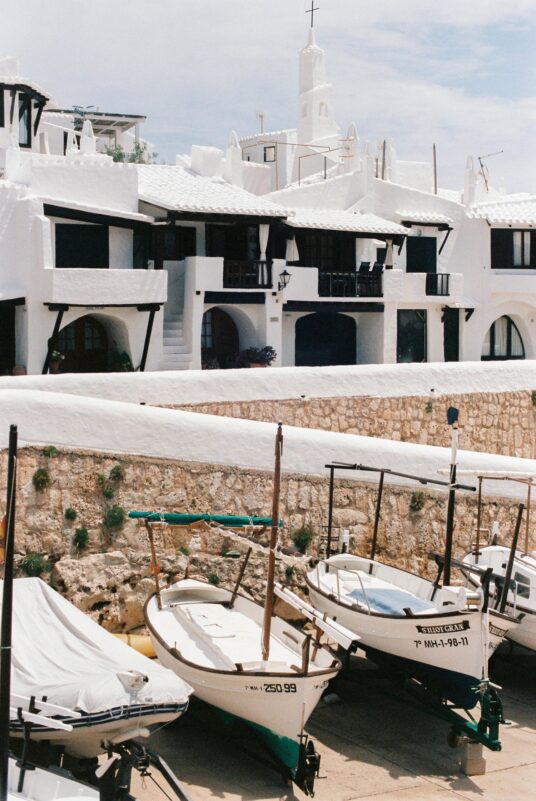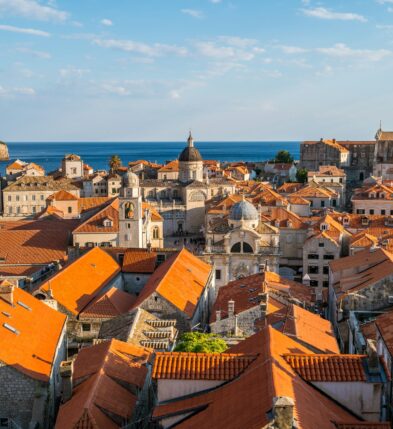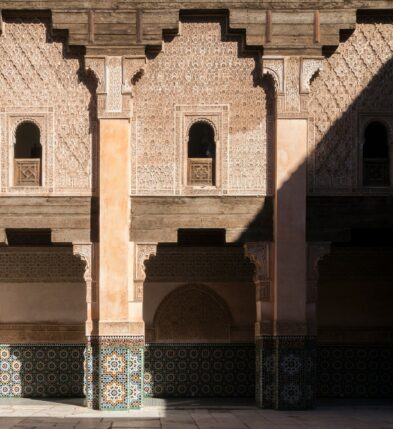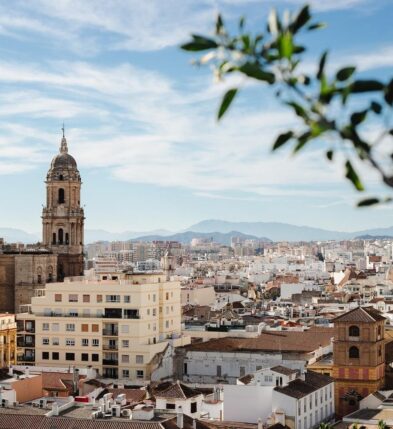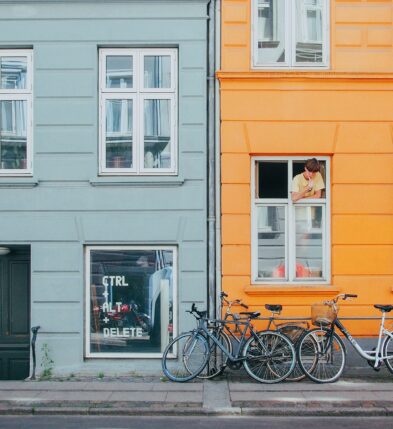Menorca (Minorca) is a true paradise in the Mediterranean, with idyllic country retreats, secret nature spots, and peaceful beach coves. Menorca has a special tempo to the island; the locals live a slower, quieter pace of life. To visit Mallorca’s little sister’s island is to experience a true sense of escape. The island was declared a UNESCO Biosphere Reserve on October 8, 1993, in recognition of the high level of compatibility between the development of economic activities, the utilisation of resources, and the conservation of heritage and landscapes on the island, a practice still maintained today at an exceptional level. Explore the vibrant tradition of rural landscapes the island is known for.
The natural surroundings of Menorca remain virgin and maintain sustainable tourism that continues to allow hidden coves, sandy beaches, and deep corners of paradisal locations such as Arenal d’en Castell, Cavallería, Fornells and other protected hot spots. Key sites such as the lighthouse of Cap d’Artrutx, about 8 kilometres south of the historically famous city Ciutadella, were built in the mid-nineteenth century. Over time it has been surrounded by urbanisation, so it does not have as much charm as, for example, the lighthouses of Punta Nati or Cavalleria, but it is still worth visiting for the cliffs’ views. The ecological characteristics and the protective ecosystem of natural parks, marine reserves, protected bird areas, fascinating natural areas and protected megalithic archaeological monuments and findings, representative of the Talaiotic culture (and findings), make Menorca a spectacularly almost unspoilt haven for holiday seekers.
Menorca is the region in Spain with the most beaches, and they are heavenly, beautiful beaches. The beach in Es Grau is considered the best family spot to soak in the sun. We highly recommend our favourite places in Menorca for first-timers to the island. It’s no wonder that there has been a rise in tourism, thanks to festivals such as Lanzareto and the new Hauser & Wirth museum. Visitors can book a stay at cool haunts such as Menorca Experimental, boutique havens like Can Araya and traditional options such as Hotel Torralbenc and Cugó Gran Menorca.
Mahón is Menorca’s capital and consists of the world’s largest natural harbour! Be sure to make the boat trips around the port of Mahon with the company Don Juan or Yellow Catamarans. We recommend visiting the local markets, enjoying a glass or vermouth with some delicious homemade empanadas, and dining at Jardi de Bruixes. Those that appreciate sensational design and hospitality should consider Cristine Bedfor, a beautiful and authentic boutique hotel in the city. Es Migjorn is a rural village from another era. It preserves the island’s most genuine, traditional architecture and is an excellent rural area surrounded by fields and dirt roads. Ideal for hiking.
Ciutadella is the westernmost city of the island, has left a significant archaeological heritage, and is home to some cute cafés, design stores and boutique hotels. Binibeca Vell is a small fishing village that belongs to San Lluís. Walk the narrow streets and pass the little whitewashed village. Fornells is a fishing village north of Menorca. It has a traditional port and a 3 kilometres long bay. The best-known dish is the caldereta de langosta (lobster).
Going to Menorca still feels like a secret. It is less obvious than the other European islands, making it a special place to make memories.



